Is Murray’s T.50 The Best Car Ever?
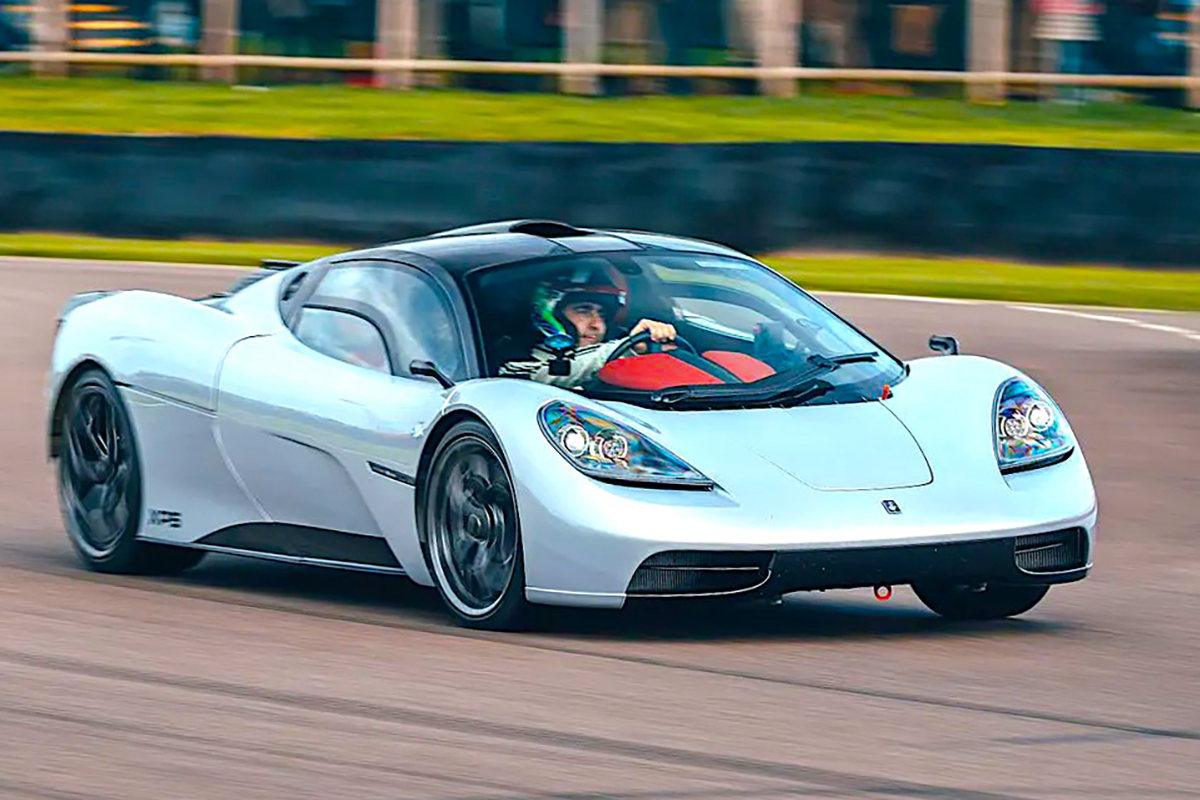
Gordon Murrays unorthodox approach makes his supercars superior. Here’s why:
Gordon Murray is one of the best automotive designers and engineers we’ve ever seen. He is famously known for his success as a race car designer in Formula 1 where, among many other incredible achievements, Gordon played a prominent role in designing the most successful F1 car in history, the McLaren MP4/4. It won 15 out of the 16 races entered in 1988. This should give you an idea of the person we are talking about.
Born in Durban, South Africa, Gordon was also responsible for the elusive McLaren F1 road car. It totally rewrote the supercar rulebook when it was released in 1992. Achieving 386.4 km/h, the McLaren F1 smashed the production car speed record. It was a full 37 km/h quicker than the Jaguar XJ220 which held the record prior. In fact, it still holds a record for being the fastest naturally aspirated road car.
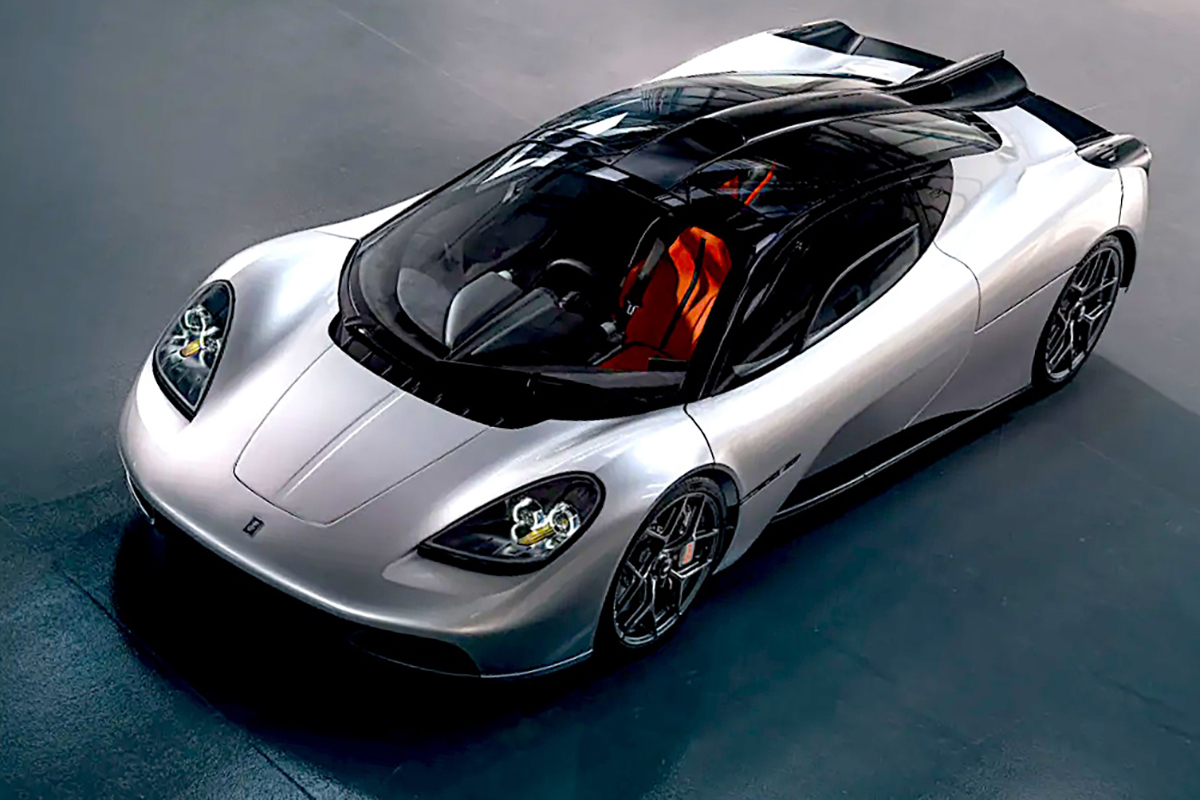
Gordan Murray has a glittering CV
Amazingly, however, Gordon’s intention with the McLaren F1 was never to set land-speed records. Instead, he simply set out to create a car that created the most immersive driving experience possible. He achieved this by insisting on a few core principles: The F1 had to be lightweight, manual, naturally aspirated. And it needed to have a central driving position. The outcome, of course, was one of the most desirable super cars ever made. In 2021, a McLaren F1 traded hands for an absurd $20,5 million at Pebble Beach.
Despite the McLaren F1’s obvious success, Gordon wasn’t 100% satisfied. He felt he could make an even better car. Nearly three decades after the McLaren F1 was released, Gordan announced his new brand: Gordon Murray Automotive, or GMA. Along with his new brand, Gordon unveiled its first supercar, the T.50. The spiritual successor to the McLaren F1, Murray’s goal with the T.50 was to right any of its predecessor’s wrongs. To provide the truly ultimate road driving experience.
The T.50 follows the core principles set by the McLaren F1. Once again, Gordon insisted on lightness, natural aspiration, a manual transmission, and a central driving position. And like its predecessor, it really stands out as a result. Gordon’s goal with the T.50 was to create the best road driving experience possible. Here’s how he did it:
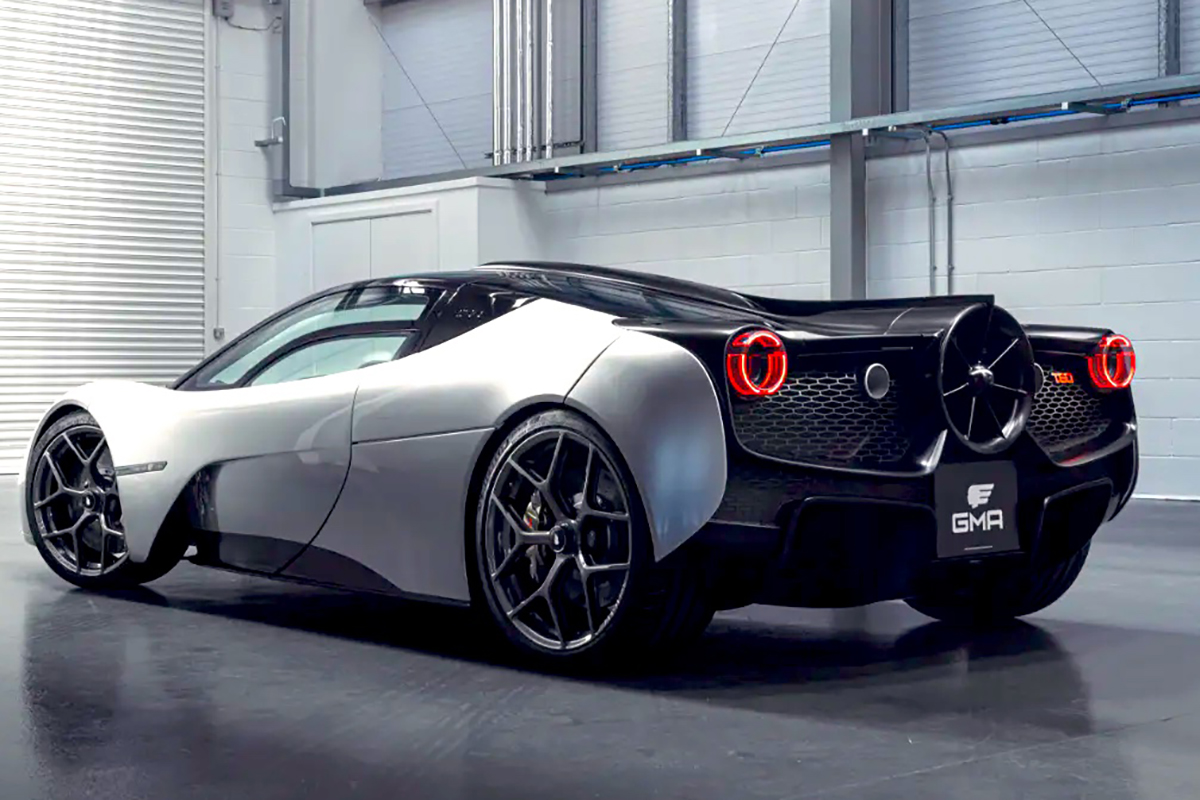
Here’s How Murray Did It
As with all his cars, Gordon was adamant that the T.50 had to be light. Nowadays, the average supercar weighs in at around 1400 kg, as manufacturers become more and more obsessed by unnecessary tech, over styled bodywork, and in many cases batteries. Gordon saw this as a massive gap in the market. Come hell or high water, the T.50 was going to weigh under a metric tonne. Astoundingly GMA achieved this feat, and at only 986 kg the T.50 is by far the lightest car in its category.
Gordon will argue that the engine powering the T.50 is the greatest internal combustion ever made. It’s bespoke 3,994 cc N/A V12 developed by Cosworth. It creates 654 HP and 344 lb.-ft, and it can rev up to an outrageous 12,100 rpm. The highest of any road car. Ever. The T.50’s Cosworth V12 is also the fastest revving production engine ever made. It gathers momentum at an absurd 28,400 revs a second. And perhaps the craziest stat of them all is that the engine can create 71% of its torque at just 2500rpm. This all means that the T.50 achieves mind-boggling throttle response. Exactly what Gordon was aiming for.
Like us, Gordon Murray believes that engine noise is a crucial part of the driving experience. T.50’s V12 creates a magnificent symphony, a cacophony that is sure to put a smile on the face of anyone who is lucky enough to drive it. I say lucky because only 100 T.50s will be built. They are all sold out.
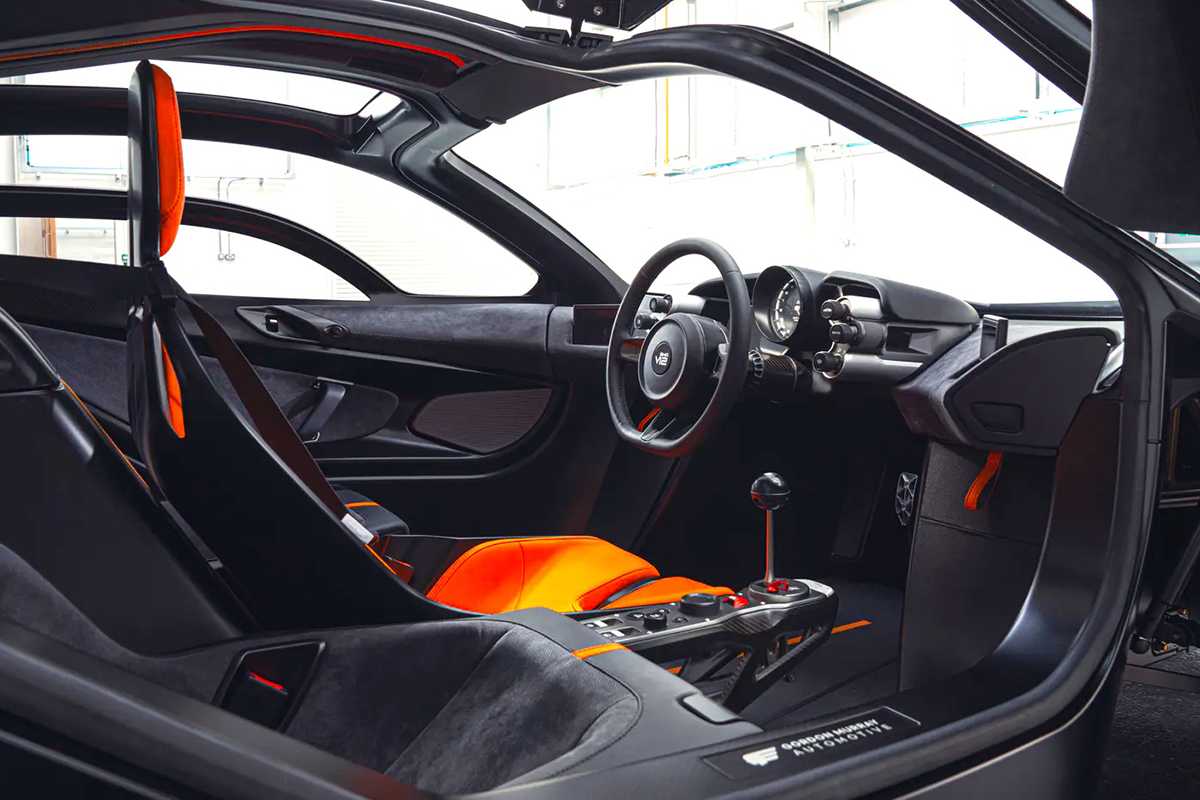
The Murray T.50 Driver Sits in the Middle
Like its predecessor, the T.50 has a unique central driving position. Whilst this may seem unconventional, the three-seat format proves quite practical. It allows for one more passenger than the traditional supercar, and the staggered design creates a lot more shoulder room for all occupants. Most importantly, the central driver’s seat adds to the driving experience as it makes the car incredibly easy to place, even on smaller roads.
What makes the T.50 even easier to drive is its small footprint. At 4,352 mm long and 1,850 mm wide, the T.50 is miniature in comparison to most of its supercar rivals. T.50 also benefits from a comforting approach angle, and a ride clearance that doesn’t make the car totally unusable. Unlike most modern supercars, T.50 can be driven on virtually any road.
Now there’s a very good reason for this. See, Gordon realized that most supercars sacrifice drivability in search for that extra bit of downforce. That usually comes from a large front splitter. This virtually eliminates approach angle in most cases. The common solution is to implement a suspension lifting mechanism on the front axle, which adds a lot of weight. Gordon really isn’t a fan of unnecessary weight, so this left him with a problem to solve. He wanted a car that could generate loads of downforce, but he was also adamant that the T.50 was to be exceptionally friendly to drive. So, owners have virtually no excuse not to drive the car.
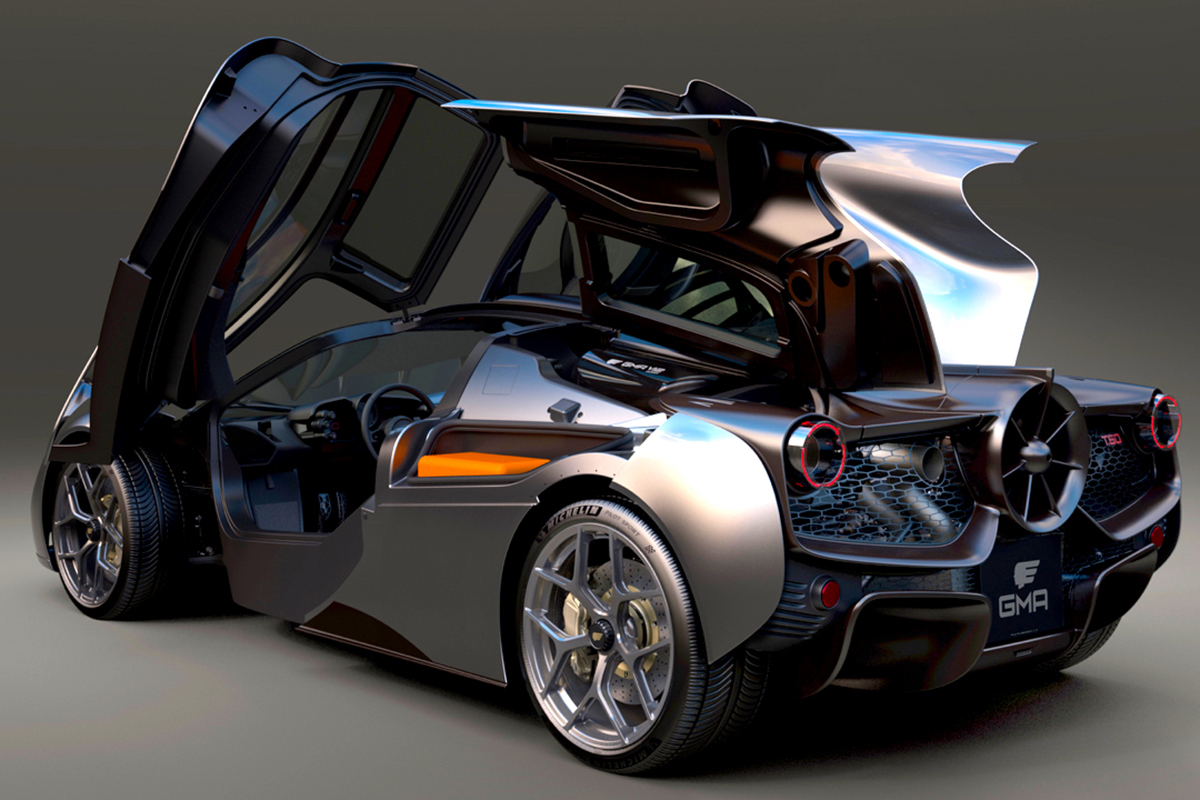
Murray T50
Murray Used His Brabham Fan Car as Inspiration
The solution? Fan car ground effect. Gordon took inspiration from his infamous 1978 Brabham BT46B, best known as the ‘fan car’. The BT46B incorporated a large fan at the rear of the car, which sucked air out from below the vehicle, sealing the underfloor with side skirts, and pulling it closer to the ground. This created immense downforce.
The fan car was so effective that it’s drivers Niki Lauda and John Watson could quite literally play cat and mouse with their closest rivals while they tried to hide the car’s true performance from the prying eyes of the CSI (Commission Sportive Internationale). Sadly, Brabham’s sandbagging efforts were to no avail, as F1 banned the technology after only one race following complaints from essentially every other team on the grid! That after Lauda famously won that year’s Swedish Grand Prix on the fan car’s debut.
Although Gordon’s ingenuity was cut off back then, he’s had nearly 50 years to put more thought into the concept. Fortunately, he decided to implement these thoughts into the design of the GMA T.50. Similar to the BT46B, the T.50 incorporates a fan on the rear of the car. However, instead of working with side skirts to create suction, the fan works hand in hand with the car’s unusually steep diffuser.
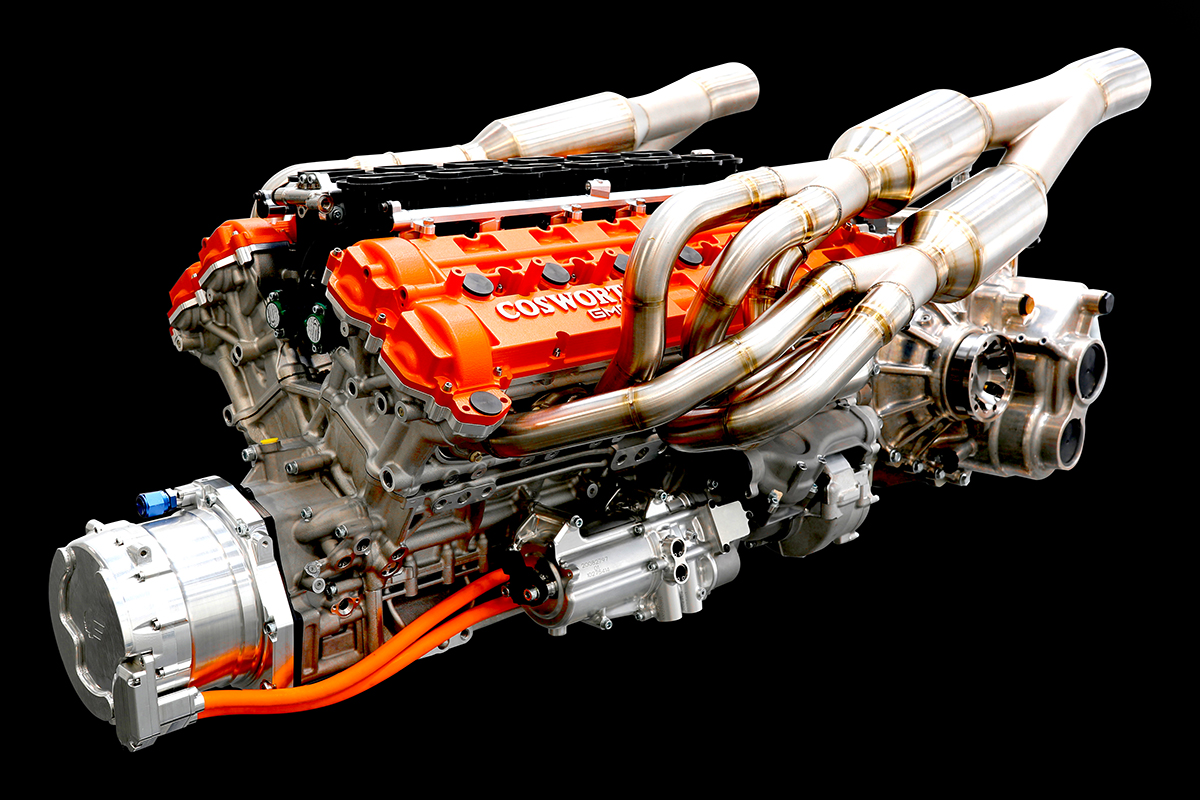
T50 Fan is More than Just Suction
On its own, the aggressive angle of the T.50’s diffuser is virtually useless. At a certain speed the air no longer follows the path of the diffuser, and stalls. That’s where the fan comes in. Flaps on the underbody near the trailing edge of the floor and at the apex of the diffuser open up, allowing the fan to remove the stationary air. This forces the air flowing underneath the T.50 to follow the aggressive path laid out by the diffuser.
This breakthrough idea ensures that the T.50 achieves copious levels of downforce, all while maintaining a usable approach angle. Crucially, however, the fan also allowed Gordon to keep the design of the T.50 as pure as possible. No ludicrous front splitter, no drastic rear wing. And none of that over exaggerated and artificial bodywork that we see on basically every other supercar these days. Not everyone is a fan of the T.50’s minimalistic look, but I love it. I find that the T.50 is proportionate, pure, and just aggressive enough for whoever sees the T.50, to know that it’s something special.
In terms of loadability, the T.50 is surprisingly practical. Its rear fenders are beautifully hinged and open to reveal large (in supercar terms) storage spaces on both sides of the vehicle. GMA maximises this space by providing owners with bespoke luggage bags that fit perfectly into the side compartments, making the T.50 suitable for road trips this. Gordon really wants owners to drive their T.50s, and clever features like this show it.
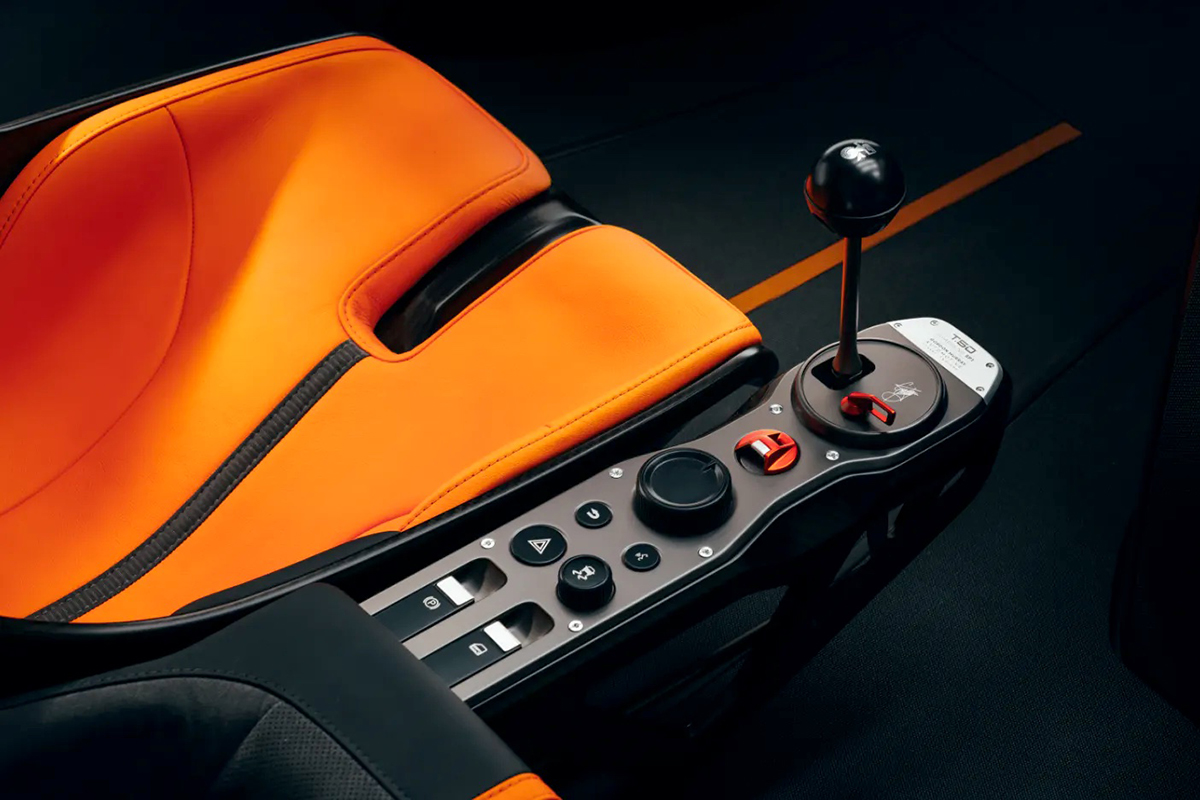
Functional, Completely Driver-Centric Cabin
Inside the T.50, you’ll find a functional, and completely driver-centric cabin. Like me, Gordon hates touch screens in cars. Instead, the T.50 incorporates a BMW inspired spindle dial which controls the smart phone operated infotainment screen, allowing drivers to easily navigate the minimalistic and crisp menus while on the move. Gordon also isn’t a fan of thick steering wheels, so he ensured that the T.50 steering wheel is narrow and provides drivers with as much feedback from the road as possible.
As is probably clear by now, GMA didn’t bar any expenses when designing the T.50, and it’s $3 million price tag proves it. The outcome, however, is without a doubt one of the best cars ever built, by one of the best designers and engineers we’ve ever seen. The way I see it, the T.50 is breath of fresh air, and perhaps a wakeup call to rival supercar manufacturers who seem to have lost their way. Every single part on the T.50 serves a purpose, and a driver centric focus has been restored. Bravo, Gordon! – Giordano Lupini.
Images: Gordon Murray Automotive
